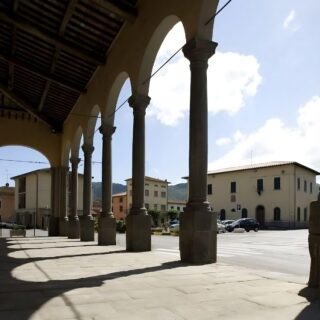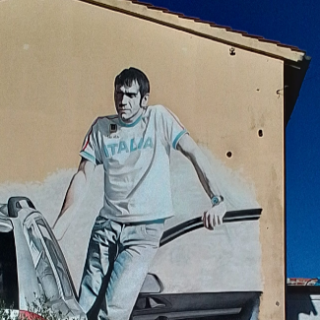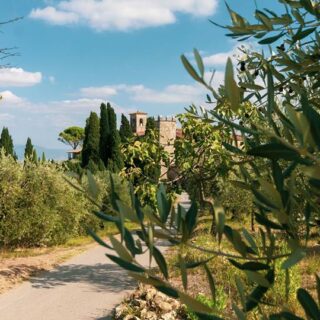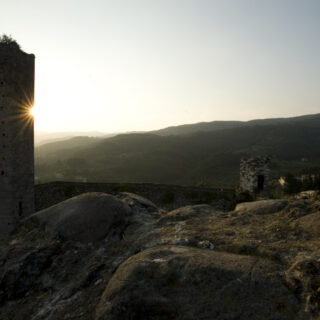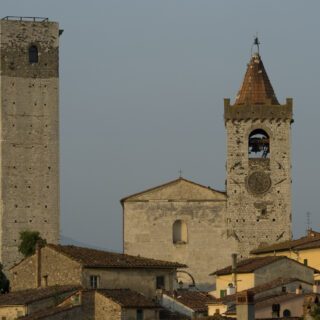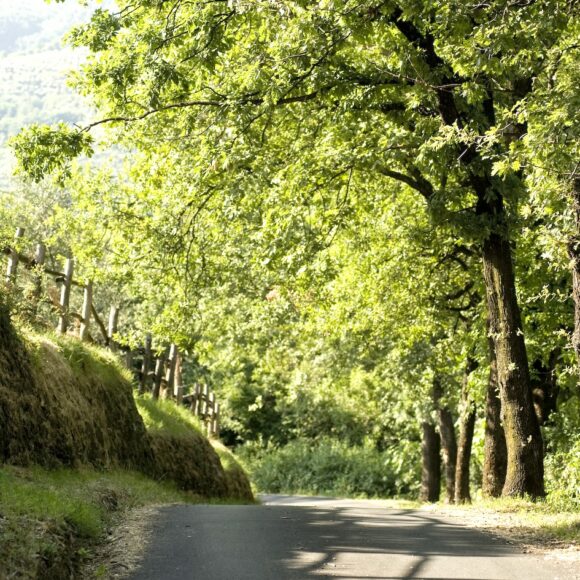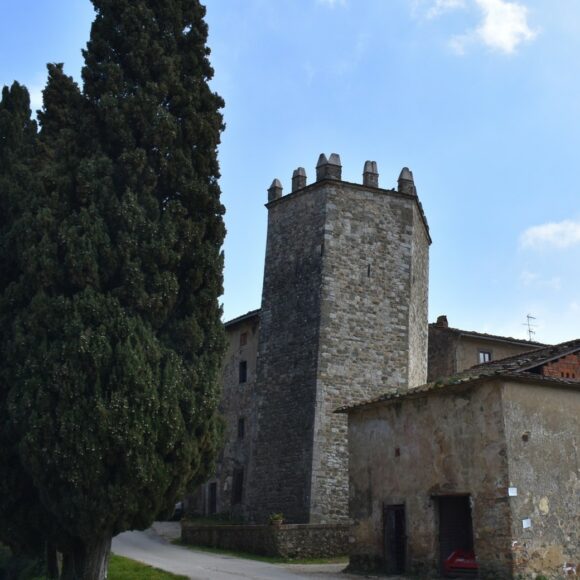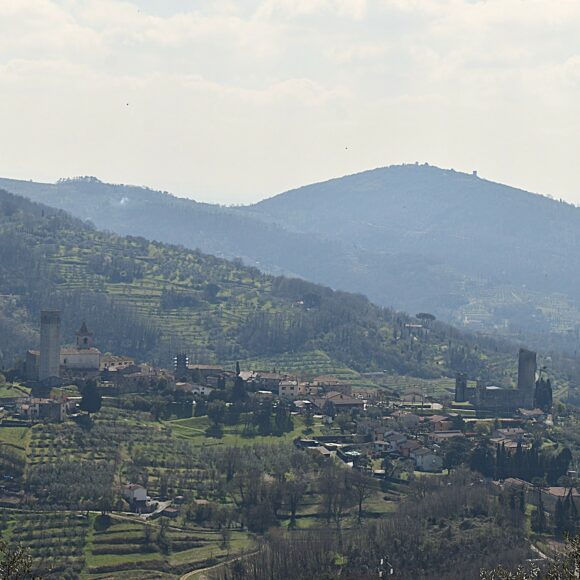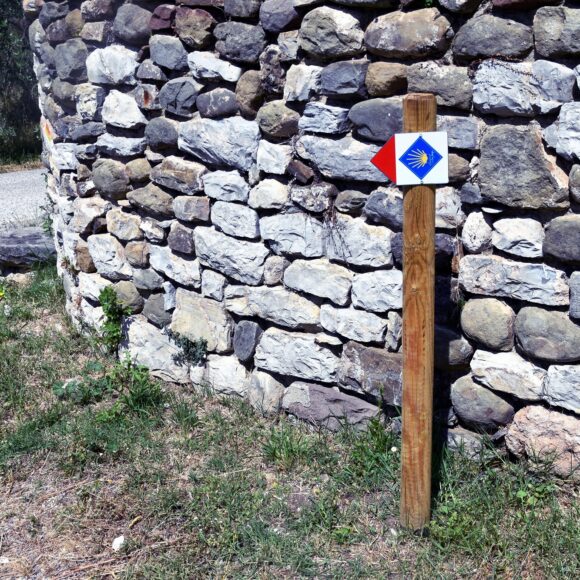The trail is 22 km long and can be explored either by mountain bike or on foot. The route is marked with dedicated green and blue signage, visible both on signs labelled FreeBike Trail and through painted marks on walls and other supports along the path.
The starting point is the sports area in Casalguidi, named after Franco Ballerini. From there, the trail heads toward Cantagrillo, then turns left onto Via Baco, and after 500 meters takes a right onto a path leading to the village of Vinacciano. The route continues through the woods for about 3-4 km until reaching the locality of Le Ville, at the foot of the former Bruni quarries. Following the final ridge of the Montalbano, you can admire the Pistoia plain on the right and the Valdinievole valley on the left.
The trail then enters the historic centre of Serravalle Pistoiese, where it passes by Agricamp, a nature-immersed accommodation facility. It continues toward Marazzano, a small Montalbano hamlet, until reaching the Castellina area. From here, you can enjoy a panoramic view over Serravalle Pistoiese, the beautiful Castruccio Fortress, and the Barbarossa Tower. Finally, the trail descends back to the village of Serravalle Pistoiese, completing the loop.
The Free Bike Trail is a nature route born from the collaboration between the cycling association AsdFreebike Casalguidi and the Tourism Office of the Municipality of Serravalle Pistoiese. The initiative aims to enhance the hilly Montalbano territory and promote active and sustainable tourism.


